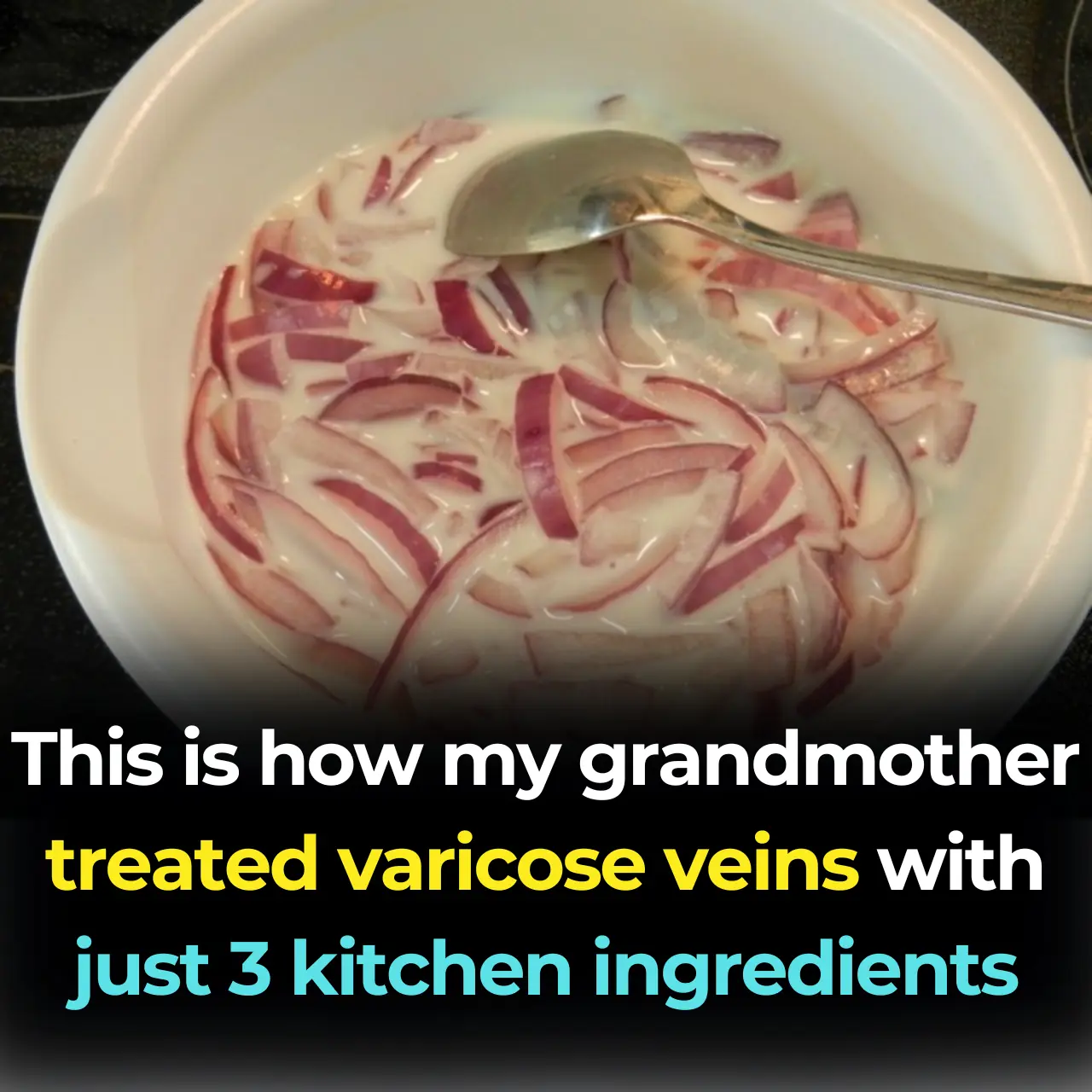
Top 5 veggies to detox your arteries & prevent heart attacks!
Top 5 Veggies to Detox Your Arteries and Prevent Heart Attacks

Imagine waking up one morning with a tight chest, shortness of breath, and the room spinning around you. Scary, right? These could be the first signs of a heart attack. What’s even more alarming is that many people don’t realize they have heart disease until it’s too late. Atherosclerosis, often called the silent killer, silently builds up plaque in your arteries without any warning signs. Shockingly, nearly half of those with heart disease are unaware of their condition until they face a life-threatening crisis (American Heart Association, 2023).
But what if you could fight back using foods already sitting in your kitchen? Today, we’ll explore the science behind five powerful vegetables that can help cleanse your arteries and potentially save your life. These veggies are loaded with heart-boosting compounds that work naturally to protect your cardiovascular system. Let’s dive into the details of each vegetable, break down their unique benefits, and show you simple ways to incorporate them into your meals for maximum protection. Your heart will thank you!
5. Garlic: Nature’s Heart Protector

Let’s start with one of nature’s most potent heart-protecting vegetables: garlic. This kitchen staple has been used for centuries for its medicinal properties. Modern science now supports its reputation as a powerful ally in the fight against heart disease. The key compound in garlic is allicin, which forms when you crush or chop the cloves. But that’s not all—garlic also contains sulfur compounds, flavonoids, and selenium, all contributing to its heart-protective effects.
So, how does garlic work its magic? It lowers blood pressure by boosting the production of nitric oxide. Nitric oxide is essential for relaxing and widening blood vessels, improving blood flow. Garlic also reduces LDL cholesterol, which is more prone to oxidation and contributes to plaque buildup, while boosting HDL (the "good" cholesterol), which helps remove LDL from the bloodstream and transport it to the liver.
Additionally, garlic prevents blood clots by stopping platelets from clumping together and acts as a powerful antioxidant, shielding your heart and blood vessels from oxidative damage. The research is compelling. A 2016 meta-analysis in the Journal of Nutrition found that garlic supplementation significantly lowered blood pressure in people with hypertension (Journal of Nutrition, 2016). Another study in the European Journal of Clinical Nutrition (2018) demonstrated garlic’s ability to reduce total and LDL cholesterol levels. Moreover, a 2010 study in the Journal of Agricultural and Food Chemistry found that garlic oil could protect against cardiomyopathy, a condition often linked to diabetes that makes it harder for the heart to pump blood effectively.
To reap these benefits, aim for 1-2 cloves of fresh garlic daily. For maximum allicin production, crush or chop the garlic and let it sit for 10-15 minutes before cooking or eating. Raw garlic packs the most punch, but even cooked garlic still offers plenty of heart-healthy benefits.
Incorporating garlic into your meals is easy and versatile. You can stir minced raw garlic into salad dressings or homemade mayo for a quick flavor boost or mix crushed garlic with olive oil to create a heart-healthy bread dip. If you’re cooking soups, stews, or stir-fries, just toss in some chopped garlic in the last few minutes of cooking to infuse your dish with savory goodness.
4. Spinach and Leafy Greens: The Verdant Powerhouses

Next up at Number 4, we have spinach and other leafy greens like arugula, kale, and Swiss chard. Spinach, in particular, is a standout. It’s loaded with nitrates, potassium, magnesium, and antioxidants like beta-carotene and lutein. Together, these nutrients work synergistically to support your cardiovascular health.
Here’s how spinach helps your heart: The nitrates help relax blood vessels and improve blood flow, while potassium regulates blood pressure and magnesium supports proper heart muscle function. The antioxidants in spinach help reduce oxidative stress, a key contributor to chronic conditions like heart disease.
The science supports spinach’s cardiovascular benefits. A 2015 study in Clinical Nutrition Research found that eating spinach effectively lowered blood pressure in participants (Clinical Nutrition Research, 2015). Additionally, a 2024 article from BBC Good Food emphasized how nitrate-rich vegetables like spinach, arugula, and kale could potentially improve heart attack survival rates (BBC Good Food, 2024).
For the best results, aim for a half-cup serving of cooked spinach or other leafy greens daily. This provides about 600 milligrams of potassium, which plays a major role in maintaining heart health. Lightly cook or wilt the leaves to reduce oxalic acid, which can interfere with iron absorption, or enjoy them raw in salads and smoothies to preserve heat-sensitive nutrients.
What makes these leafy greens stand out is their versatility. Toss them into omelets, use them as a salad base, blend them into smoothies, or sauté them for a nutritious side dish.
3. Broccoli and Cruciferous Veggies: The Heart’s Best Friends

Next, we turn to broccoli and other cruciferous vegetables like cauliflower, Brussels sprouts, and cabbage. Broccoli is a nutritional superstar, thanks to sulforaphane, fiber, potassium, and antioxidants like vitamin C. Sulforaphane, in particular, is a sulfur-containing compound with powerful anti-inflammatory and antioxidant properties.
Here’s how broccoli helps your heart: The fiber binds to bile acids, promoting their excretion and lowering cholesterol. Sulforaphane activates the Nrf2 pathway, which enhances your body’s internal defense system, increasing antioxidant defenses and reducing inflammation. The potassium in broccoli helps regulate blood pressure, easing the strain on your heart.
Research highlights the benefits of cruciferous vegetables. A 2020 study in The British Journal of Nutrition found that women who ate more than 44.6 grams of cooked cruciferous veggies daily were 46% less likely to have aortic calcification, a major risk factor for heart attacks and strokes (The British Journal of Nutrition, 2020).
For optimal benefits, aim to eat broccoli 1-2 times a week. A 2024 study linked this frequency to a 32-43% lower risk of all-cause mortality (Journal of Nutrition, 2024). Steaming is the best way to preserve its cholesterol-lowering properties.
Broccoli is incredibly versatile and can be roasted with olive oil and spices, added to stir-fries and soups, or blended into smoothies. For a simple snack, enjoy raw broccoli with a healthy dip.
2. Carrots: The Crunchy Heart Hero

At Number 2, we have carrots, those vibrant root vegetables that are as good for your heart as they are for your eyes. Carrots are packed with carotenoids like beta-carotene and alpha-carotene, which give them their bright orange color. They’re also rich in fiber, potassium, and antioxidants like vitamin C and polyphenols.
Here’s how carrots help your heart: The antioxidants combat oxidative stress and inflammation, while the fiber lowers cholesterol by binding to bile acids. Potassium helps regulate blood pressure, keeping your cardiovascular system in check.
Research supports these benefits. A 2018 study in the British Journal of Nutrition found that eating carotenoid-rich veggies like carrots reduced the risk of coronary heart disease (British Journal of Nutrition, 2018). Another 2020 study in the European Journal of Nutrition linked regular carrot consumption to improved lipid profiles and reduced inflammation (European Journal of Nutrition, 2020).
Aim for 1/2 to 1 cup of carrots daily to reap their heart-healthy benefits. Lightly cook them to boost beta-carotene absorption, or enjoy them raw for a satisfying crunch.
Carrots are incredibly versatile—grate them into salads, roast them as a side dish, or blend them into smoothies. For a quick snack, try carrot sticks with hummus or a yogurt-based dip.
1. Beets: The Heart’s Vibrant Ally

Finally, at Number 1, we have beets, those deep red root veggies that are as striking as they are nutritious. Beets are loaded with nitrates, which your body converts into nitric oxide to relax blood vessels. They also contain betalains, powerful antioxidants that give beets their rich color, along with fiber and potassium.
Research strongly supports beets’ heart benefits. A 2008 study in Hypertension found that drinking beet juice lowered blood pressure within hours (Hypertension, 2008). A 2021 study in the Journal of Nutrition showed that regular beetroot juice consumption improved endothelial function and reduced blood pressure in older adults with hypertension (Journal of Nutrition, 2021).
For the best results, aim for 1/2 cup of cooked beets or 1 cup of beet juice 3-4 times a week. To preserve their nutrients, enjoy them raw or lightly cooked. Roasting beets brings out their natural sweetness, or you can drink beet juice within 1-2 hours of preparation for the most benefit.
Beets are incredibly versatile—grate them into salads, roast them for a hearty side dish, or blend them into smoothies. For a fun snack, try beet chips or whip up some beet hummus.
Conclusion
So there you have it—five incredible vegetables packed with the power to supercharge your heart health! Start incorporating these into your daily meals and take proactive steps toward a healthier, happier you. Your heart will thank you for it!
Sources:
-
American Heart Association. "Understanding Atherosclerosis." 2023.
-
Journal of Nutrition, "Garlic and Cardiovascular Health." 2016.
-
BBC Good Food, "Best Vegetables for Heart Health." 2024.
-
The British Journal of Nutrition, "Cruciferous Vegetables and Aortic Health." 2020.
-
Clinical Nutrition Research, "Effects of Spinach on Blood Pressure." 2015.
-
Journal of Nutrition, "Beetroot Juice and Hypertension." 2021.
News in the same category


AVOID Ginger If You Have THESE Health Problems
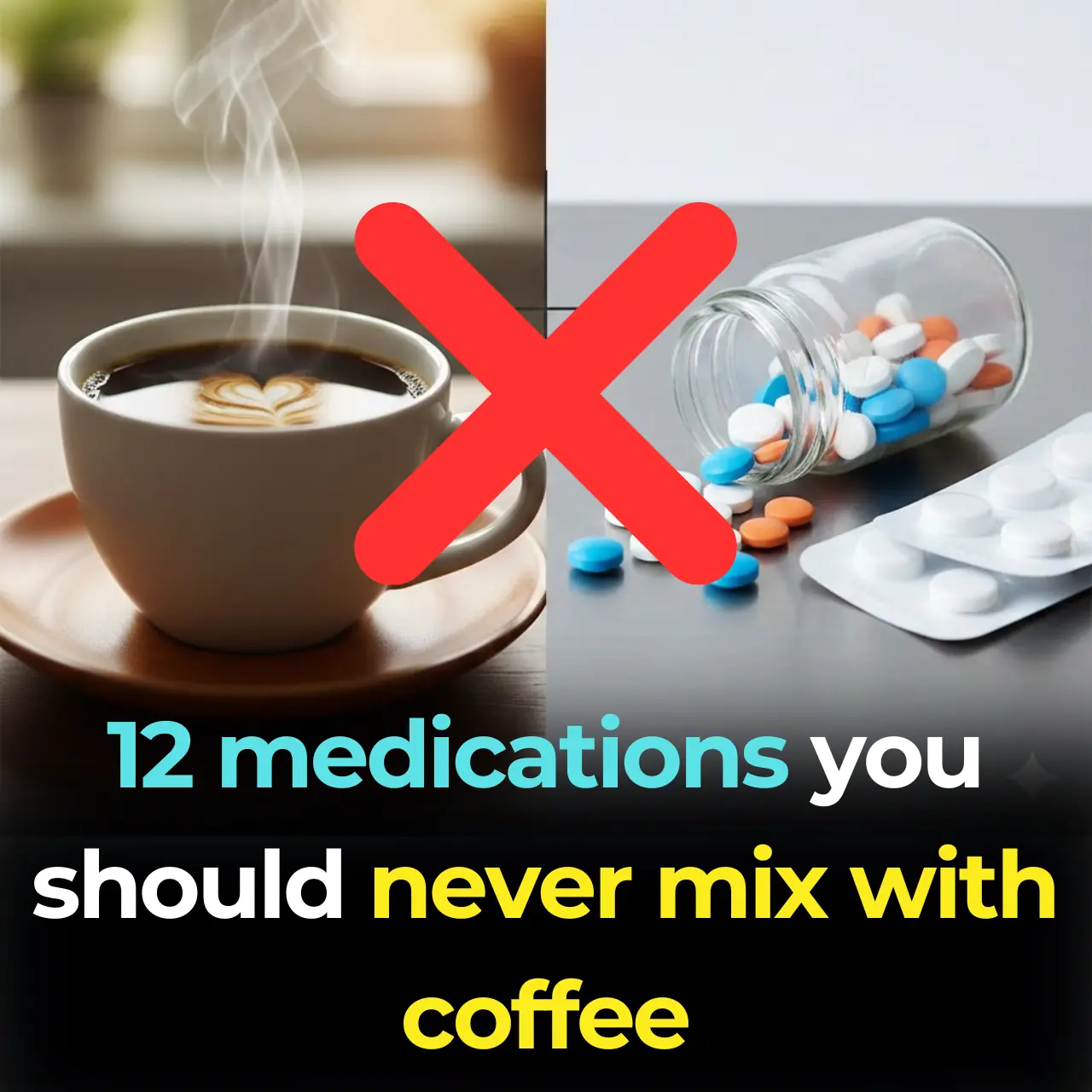
12 medications you should never mix with coffee

Headache Above or Behind the Left Eye: Causes and Treatments

7 best foods to rebuild your muscle strength after 50

The B vitamin solution: lower blood pressure when medications fail

Take this one shot and watch what happens to your blood pressure

5 Unique Things You Only Experience When Loving an Older Woman

6 Best Remedies To Clear Out Your Arteries

Fix your gut to fix your nerves: the hidden link most people overlook

6 fruits that help your body fight cancer cells naturally

Warning Signs Your Magnesium, Potassium, and Calcium Levels Are OFF and How to FIX It!

Doctors reveal the no.1 supplement to reduce dementia risk
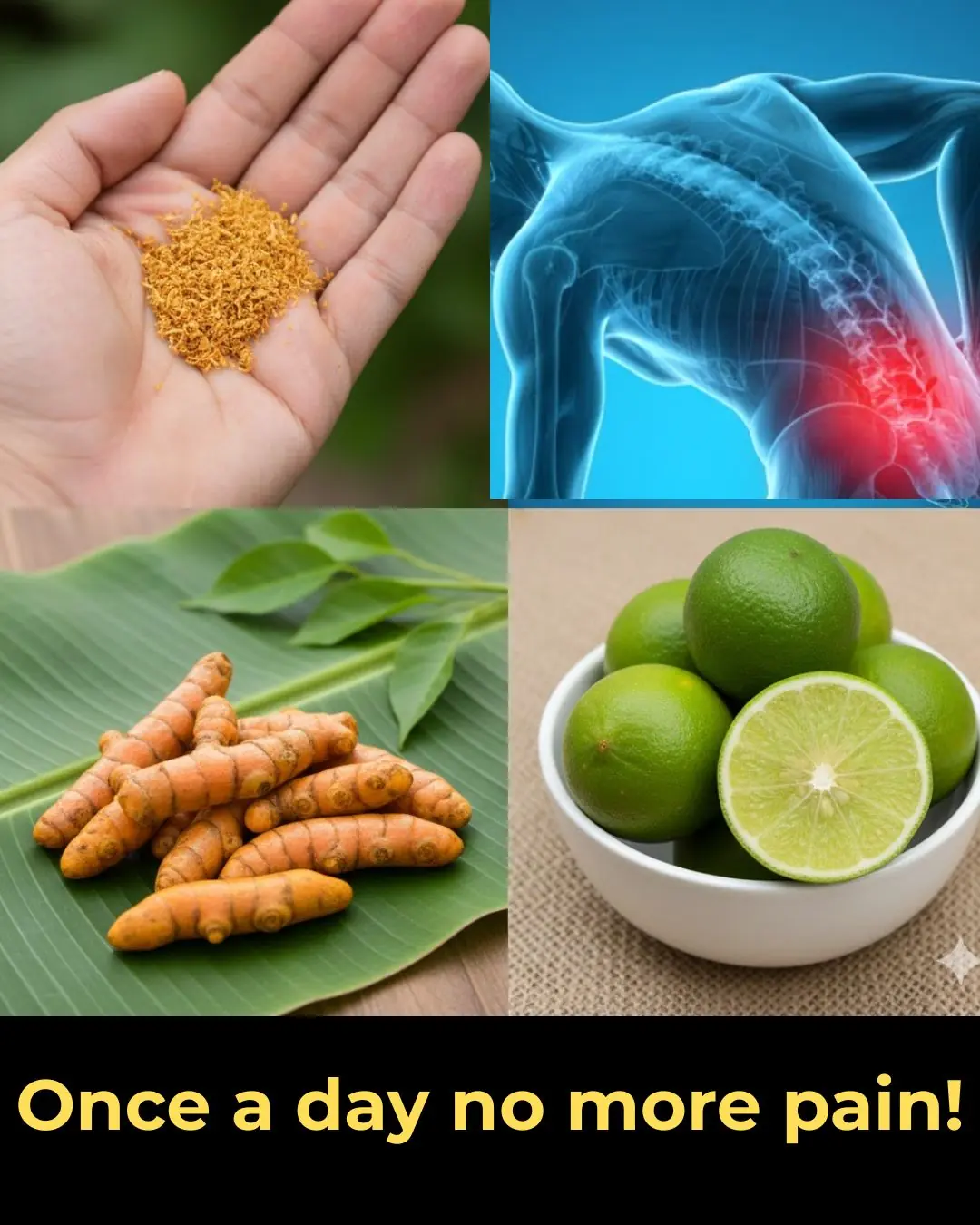
THIS SEED: AFTER 50, IT STRENGTHENS BONES & CURES ALL PAINS

High Blood Pressure Has a New Culprit
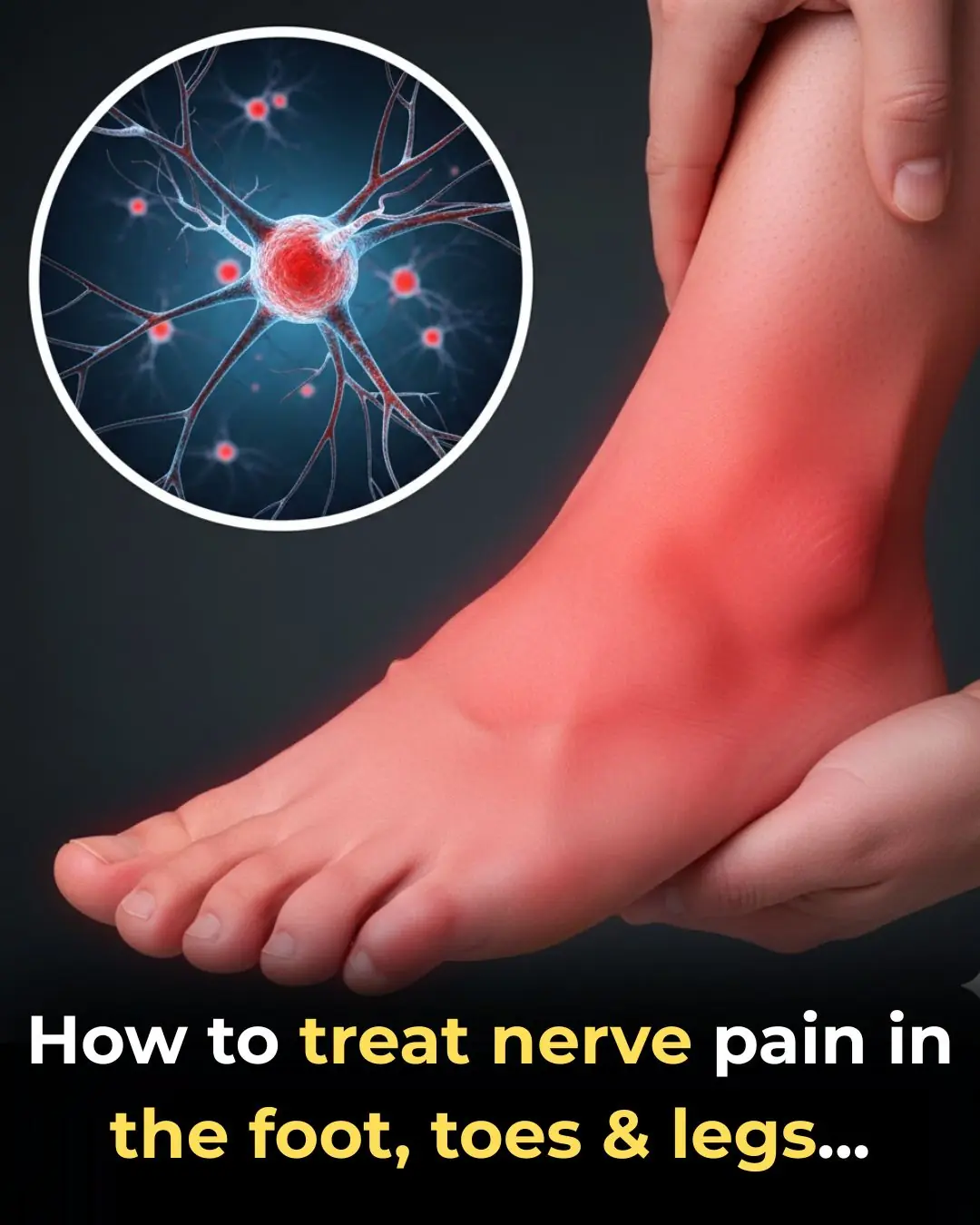
How to treat nerve pain in the foot, toes & legs
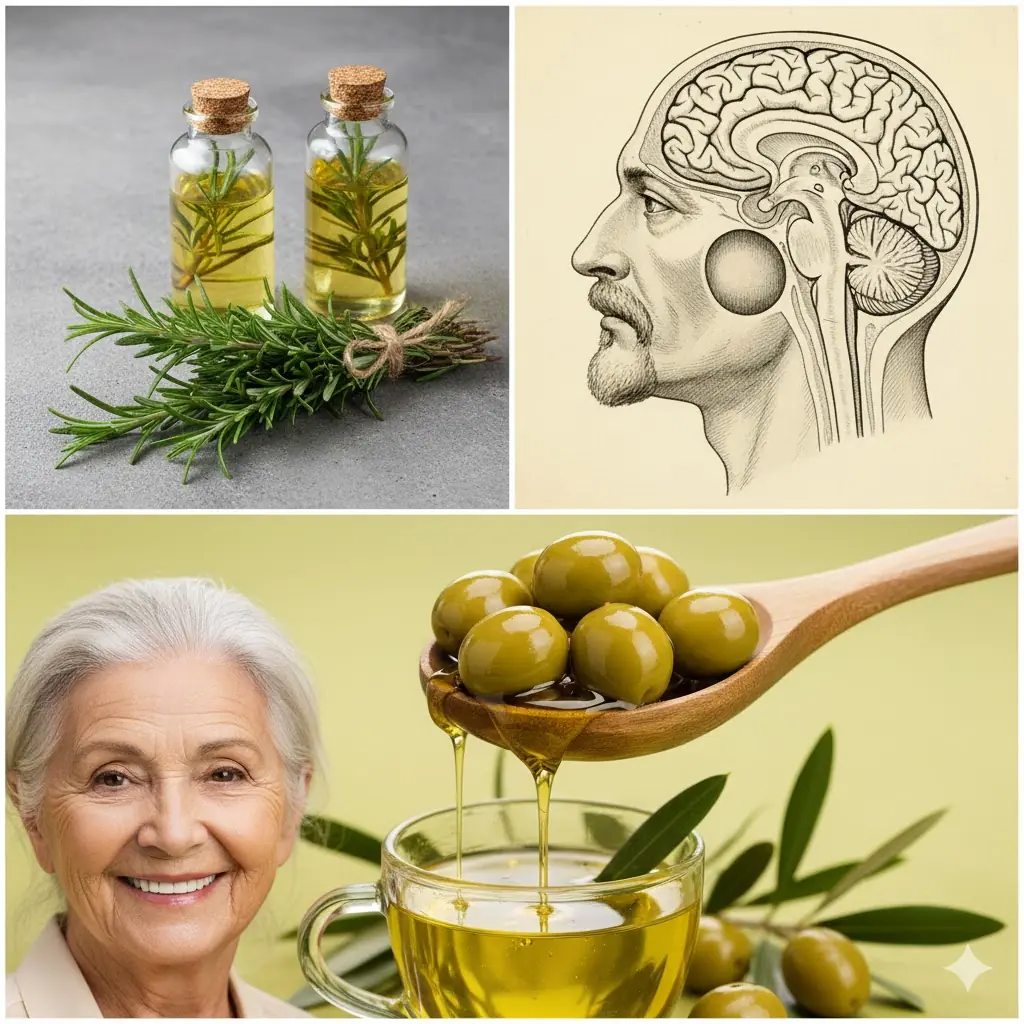
Unlocking the Power of Rosemary Tea: A Natural Elixir for Mind, Body, and Soul

Drinking Water the Right Way

Headache Above or Behind the Left Eye? Here’s What It Could Mean
News Post

You're doing it all wrong. Here’s the right way to clean humidifiers

Nurse Promises Not to Laugh at This Man’s Problem

What Your “Odd Animal Out” Choice Says About You

As he nears 100, Dick Van Dyke, 99, makes a touching confession about his life

Two Golden Elixirs for Energy, Glow & Balance
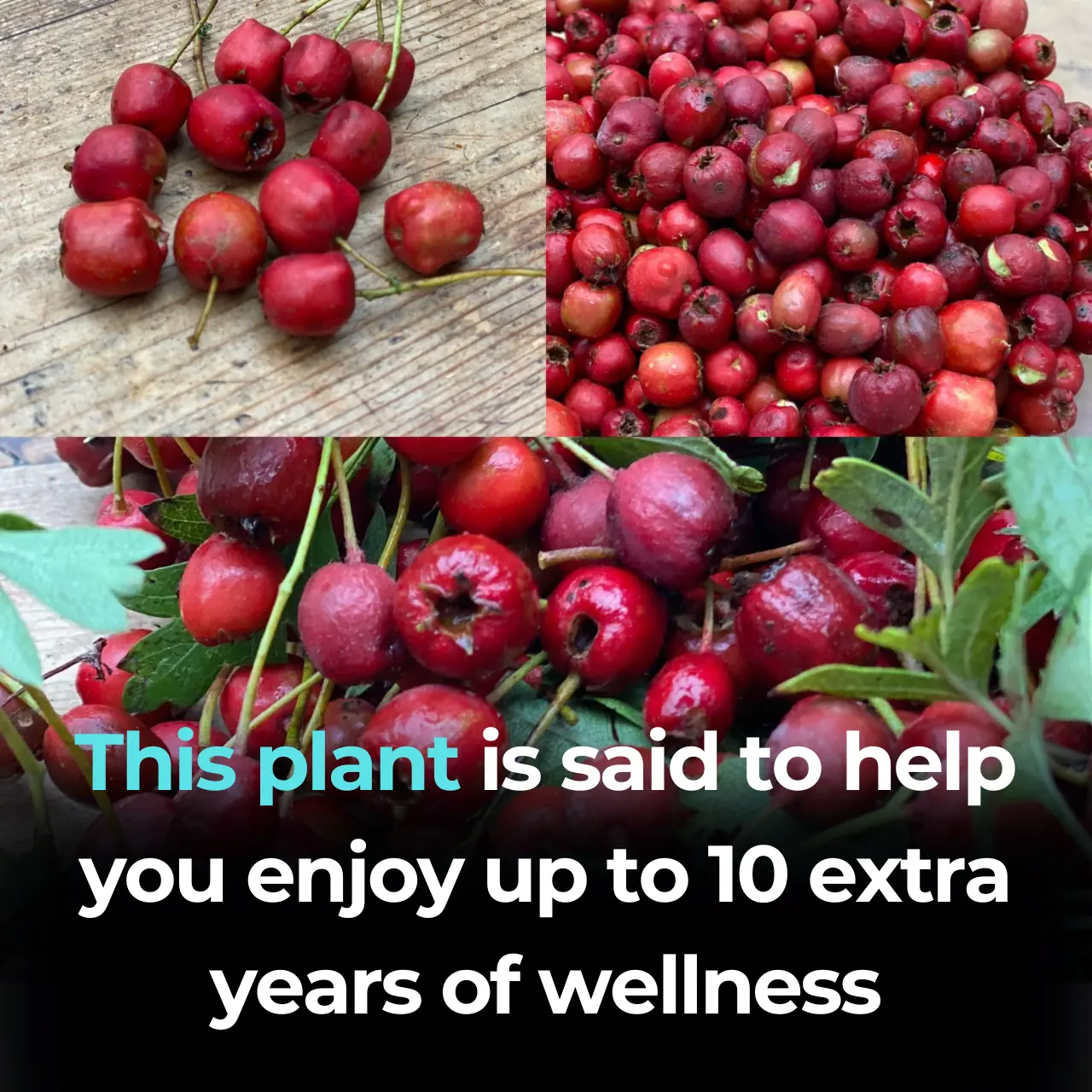
The Power of Hawthorn (Genus Crataegus): A Natural Ally for Heart and Cholesterol Health
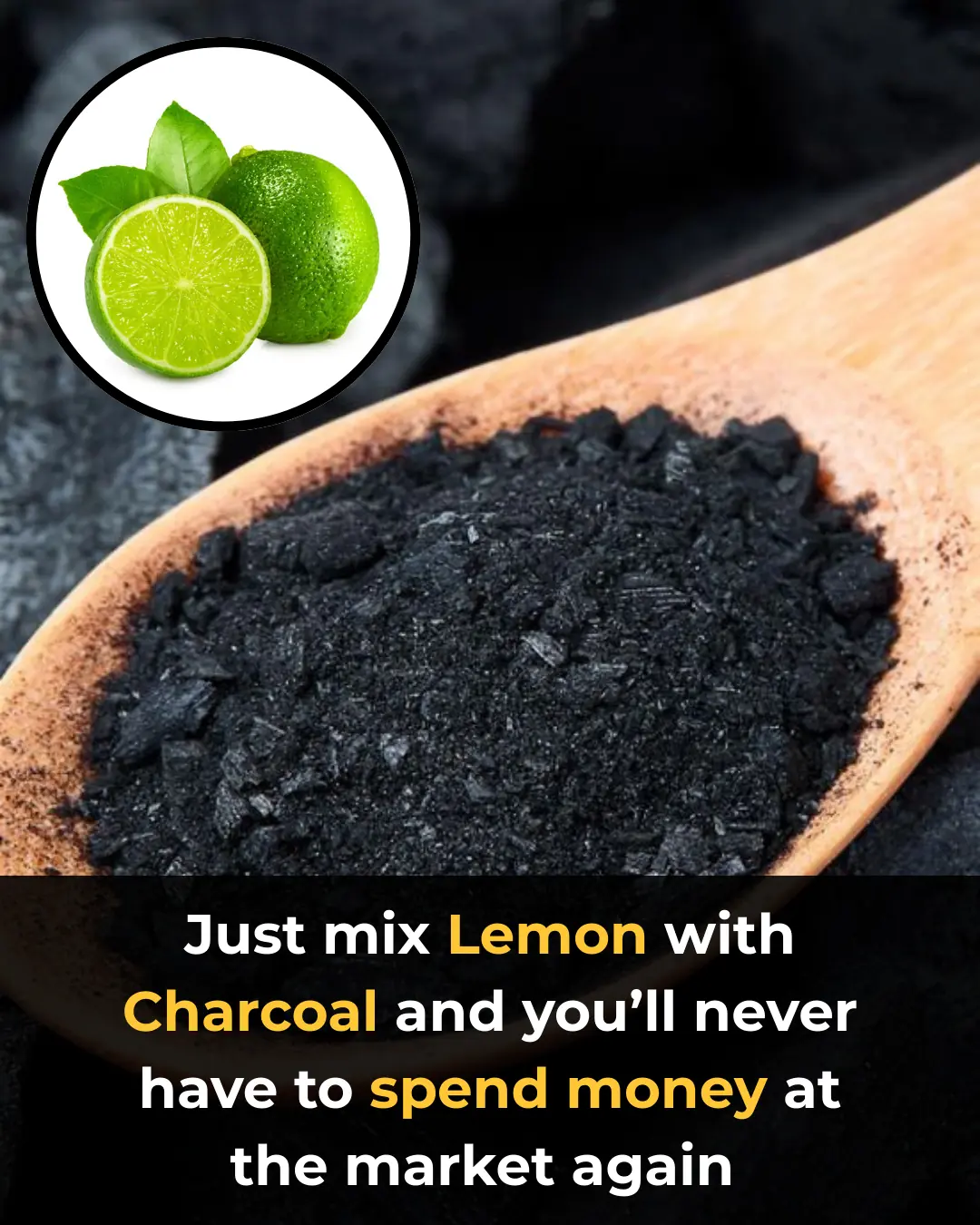
The Real Benefits of Mixing Lemon with Activated Charcoal

The Surprising Healing Power of Onion Milk

Increase Breast Size Naturally

Beetroot: 3 Simple Recipes + 10 Powerful Health Benefits

A Small Refrigerator Button Can Save You Hundreds on Your Electric Bill: Most People Don’t Know

AVOID Ginger If You Have THESE Health Problems

Magic Eraser can be used for almost anything, but here's what you didn't know

Why You Shouldn’t Keep Doors Fully Closed When Using Air Conditioning

12 medications you should never mix with coffee

8 Foods That Fight Cancer – Add Them to Your Diet Regularly

What Health Conditions Can Garlic Soaked in Honey Help With?

How to Make Steamed Pear with Rock Sugar — Delicious, Comforting, and Packed with Nutrition

Headache Above or Behind the Left Eye: Causes and Treatments
